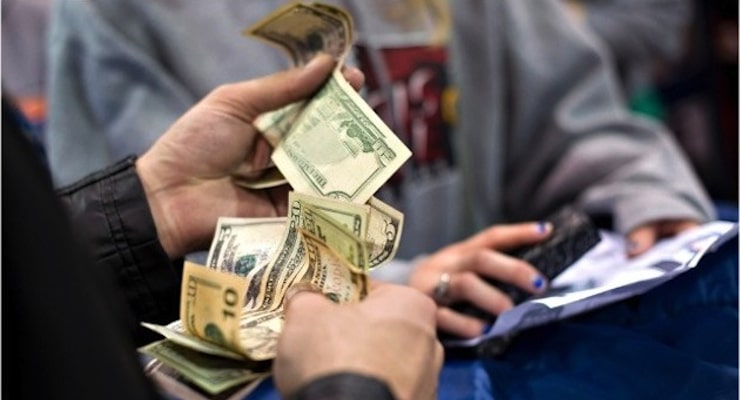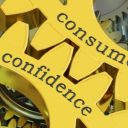

A shopper organizes his cash before paying for merchandise at a Best Buy Co. store in Peoria, Illinois, U.S., on Friday, Nov. 23, 2012. (Photo: Daniel Acker/Bloomberg/Getty)
The Commerce Department said Friday consumer spending increased slightly by 0.1% in March, missing the median economist forecast for a gain of 0.2% last month. The result of the personal consumption expenditures (PCE) index excludes the volatile food and energy components.
Consumer spending, which accounts for more than two-thirds of U.S. economic activity, fell in the first quarter. The Commerce Department’s first reading of first-quarter gross domestic product (GDP) showed the U.S. economy grew at an annualized pace of just 0.5%, down from the fourth-quarter’s final reading of 1.4%.
Personal income increased 0.4% in March, which beat the estimate for a rise of 0.3%.
The report, which is the latest in a string of bad economic data, all but ensures the Federal Reserve will hold off on raising interest rates.






